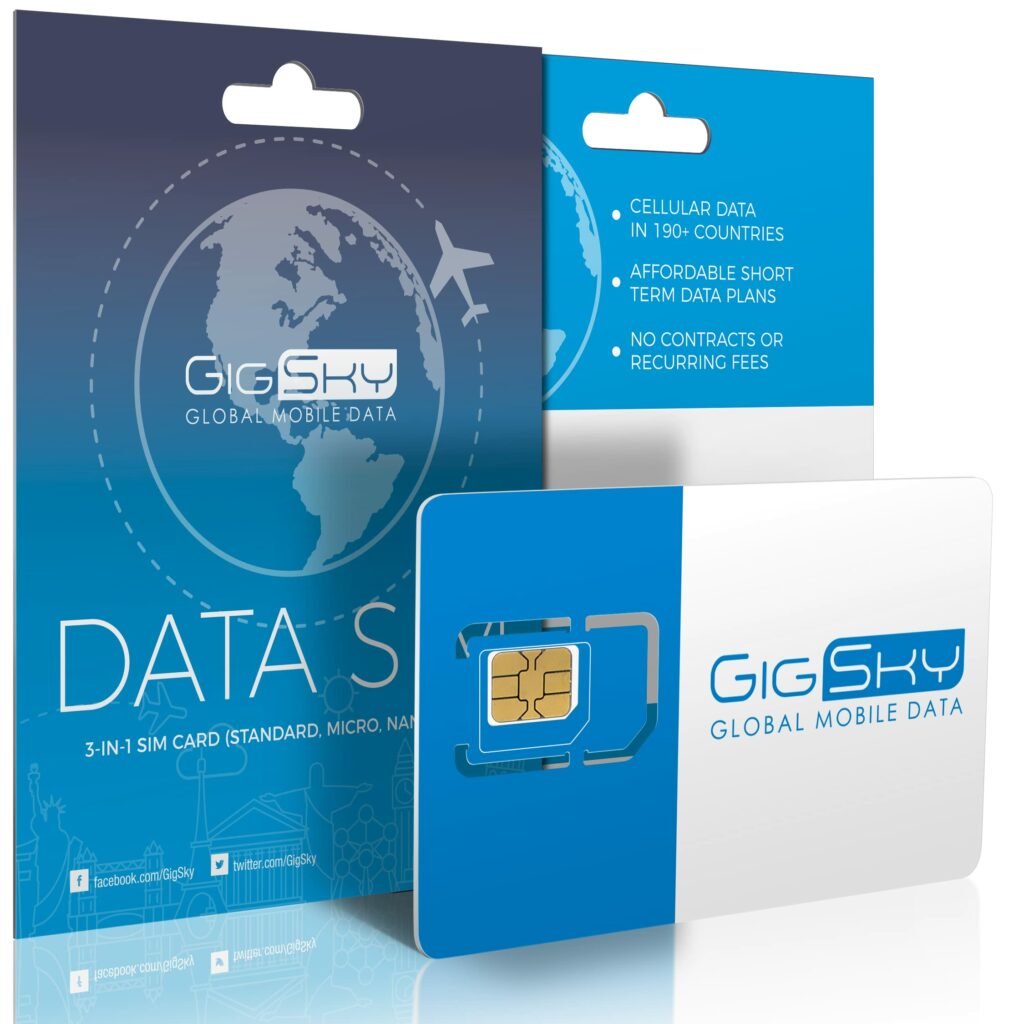Most international travellers have openly accepted eSIM technology. Yet, there are a few who have not been very supportive of this switch. This unsupportive group is comprised mainly of those who are victims of misconceptions about eSIMs. This list aims to keep you from joining the latter group by demystifying some misconceptions.

Some common myths:
eSIMs are only for smartphones.
It’s true that not all device models support eSIMs or a digital SIM card. However, the claim that eSIMs are not supported by any cellular device other than a smartphone is a lie. Many types of devices, like smartwatches and tablets, support eSIMs.
Switching carriers with an eSIM is difficult.
A physical SIM card user would usually have to buy a new SIM card to change their provider. The process is quite similar in the case of eSIMs, too, but it is carried out virtually. Users have to buy eSIM online through apps or online platforms. Users receive an activation code from their new provider, which is entered when a new eSIM is to be activated.
eSIM technology is still experimental.
While eSIM technology is still undergoing changes, it has been around for quite a while. Naturally, this technology has very few security risks compared to the general assumptions about new technologies. Courtesy of their longer presence and positive user outlook, eSIMs are supported in most places around the world. This has made them a great alternative for those who don’t want to buy international data roaming plans on their regular SIM card.
You can only have one eSIM on your device.
Unlike the usual limit of two physical SIM cards in devices, eSIM-enabled devices have different limits on how many eSIMs a device can hold. Nonetheless, the number is usually greater than two. It’s important to note that while it’s possible to hold multiple eSIMs, some devices may only allow one to be active at a time.
You need technical expertise to use an eSIM.
When talking of technical expertise, a person is supposed to have more of that when handling a physical SIM card. That’s because understanding the different hardware components is essential for the successful activation of a physical SIM card.
Conversely, anyone can handle, use and buy eSIM. eSIMs can be easily activated online or through a QR code. Every eSIM provider usually explains the process clearly. Likewise, buying eSIM plans is also convenient through apps. There’s no hassle of getting a parcel containing a SIM card delivered to home
eSIMs are expensive.
eSIMs or eSIM plans are usually at par with physical SIM cards when considering the cost. Like regular SIM providers, eSIM providers also provide both prepaid and postpaid plans with an option to buy unlimited data. This variation allows for better financial management. Additionally, international eSIM plans can actually be more affordable than international roaming plans on most physical cards.
The only time when using an eSIM could be more expensive is during the acquisition of an eSIM-compatible device. Although more device models allow eSIM integration now, there are still a few that don’t. This lowers the number of device options available, leading a buyer to adjust their budget for the device, and not the other way around.
To Conclude:
As e SIM technology becomes more popular, so are misconceptions. People may assume that eSIMs are expensive, complex, unsafe or unreliable and avoid using them. However, that’s not even slightly close to the facts. In reality, eSIMs are incredibly easy to handle and potentially provide more benefits than a physical SIM card doesn’t.